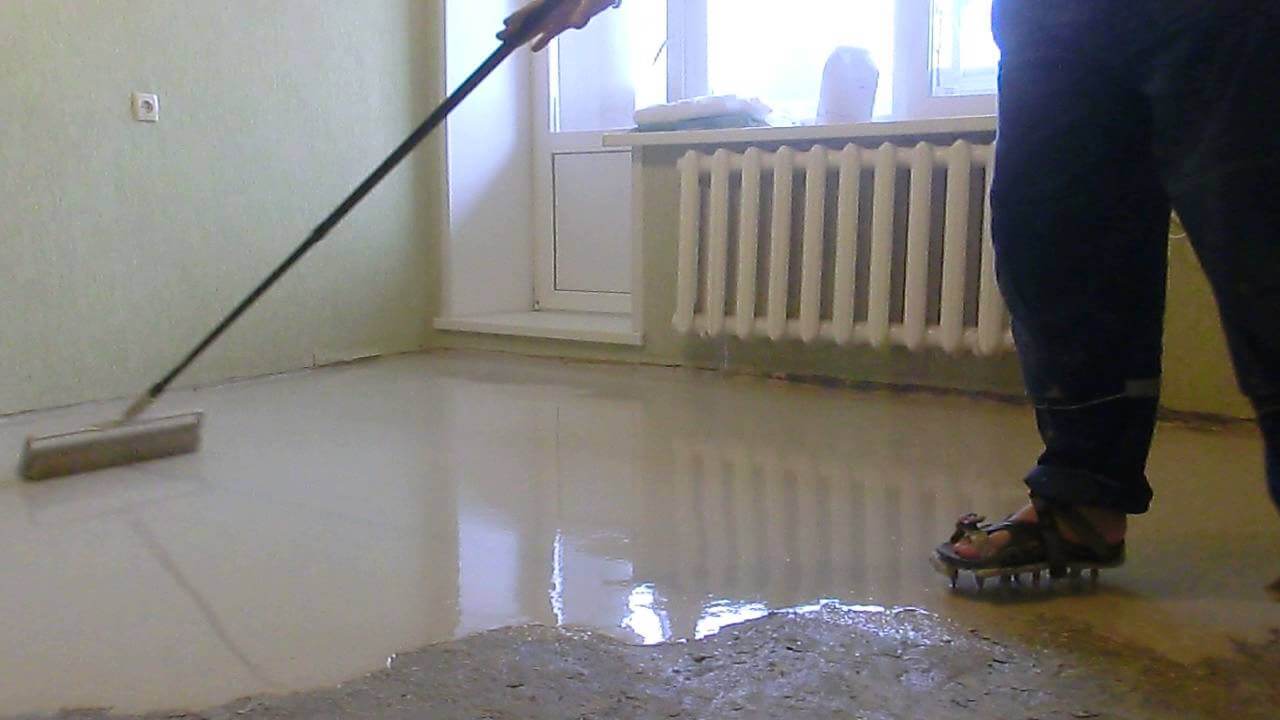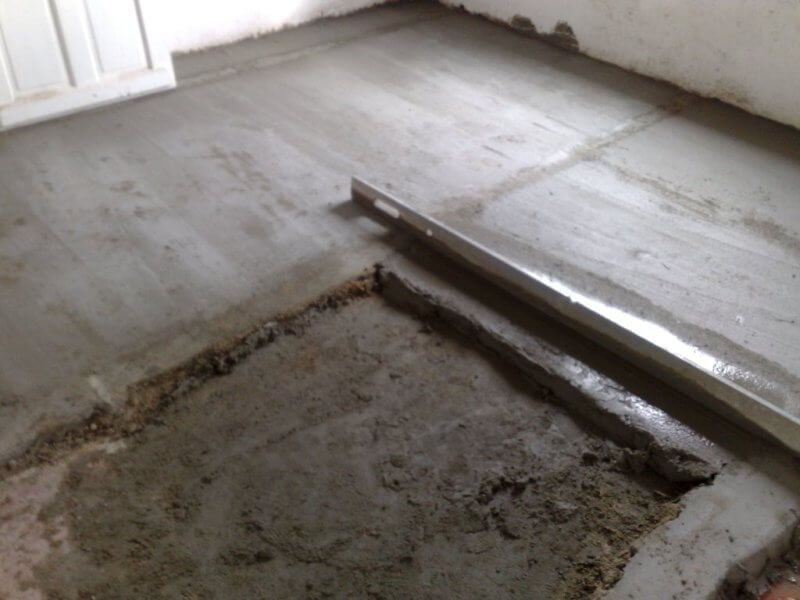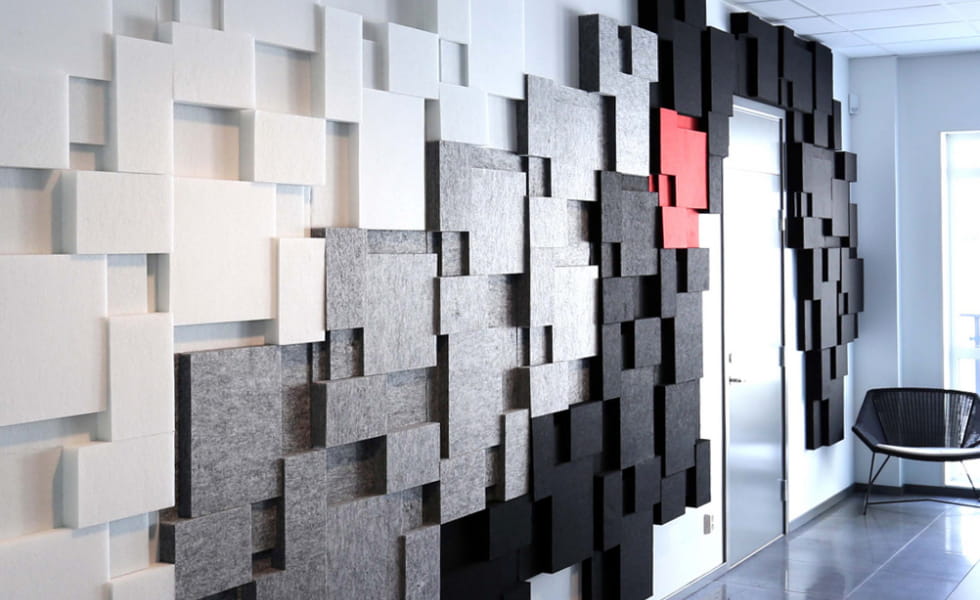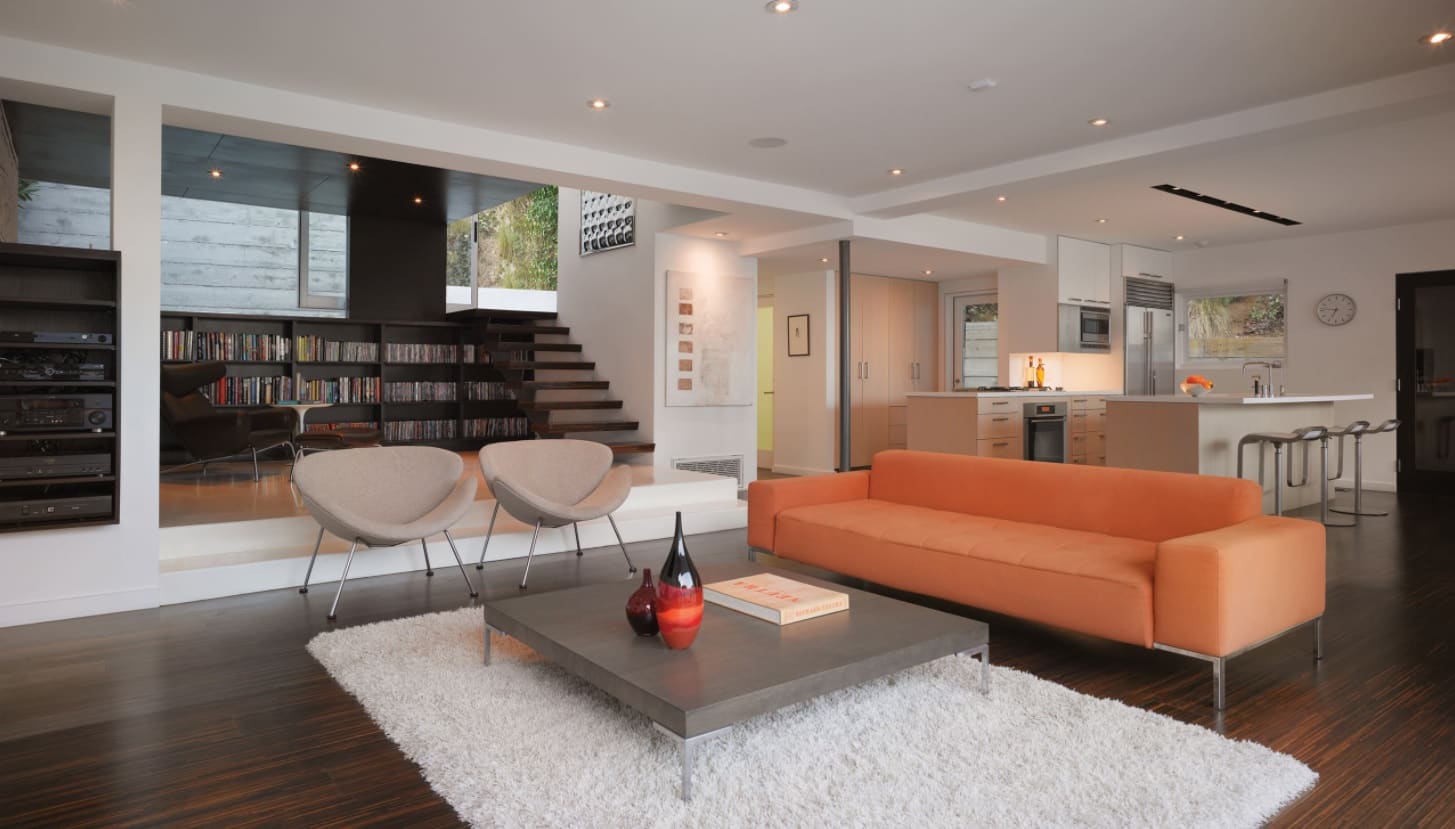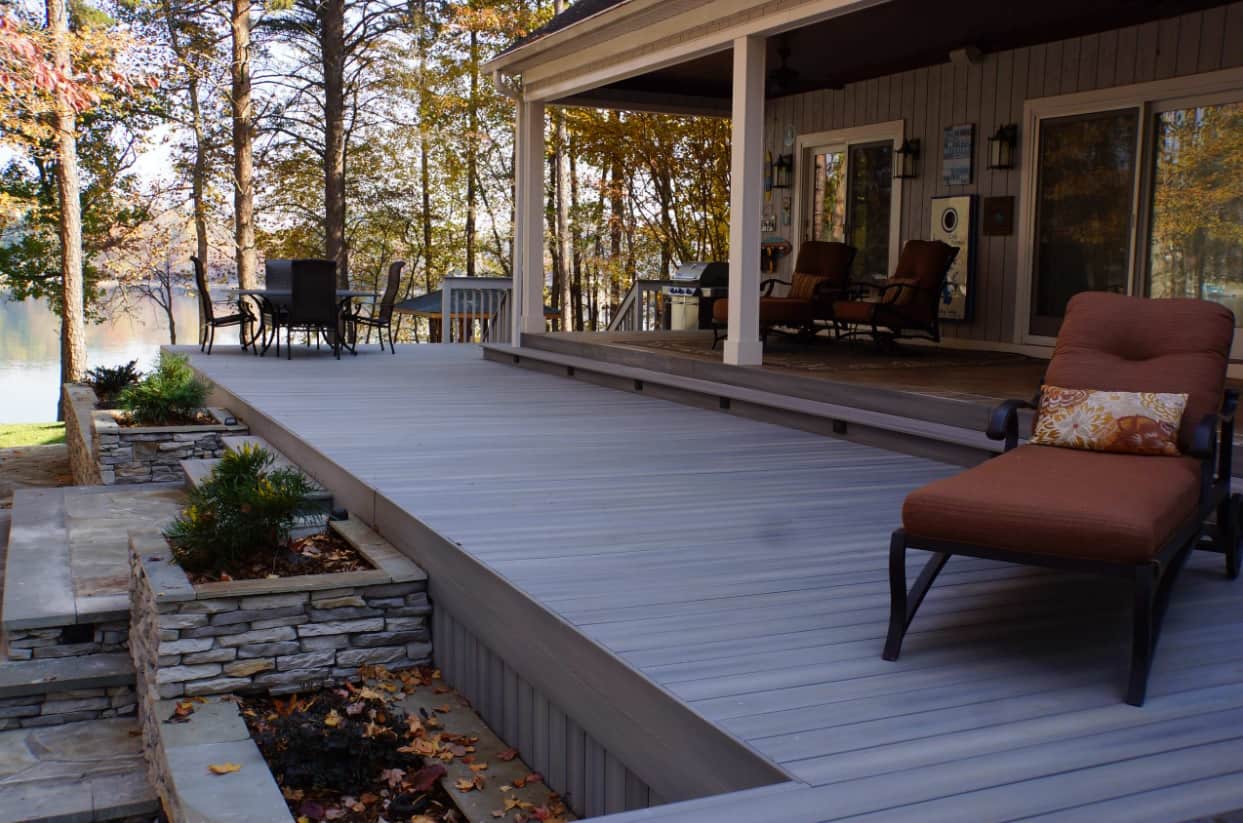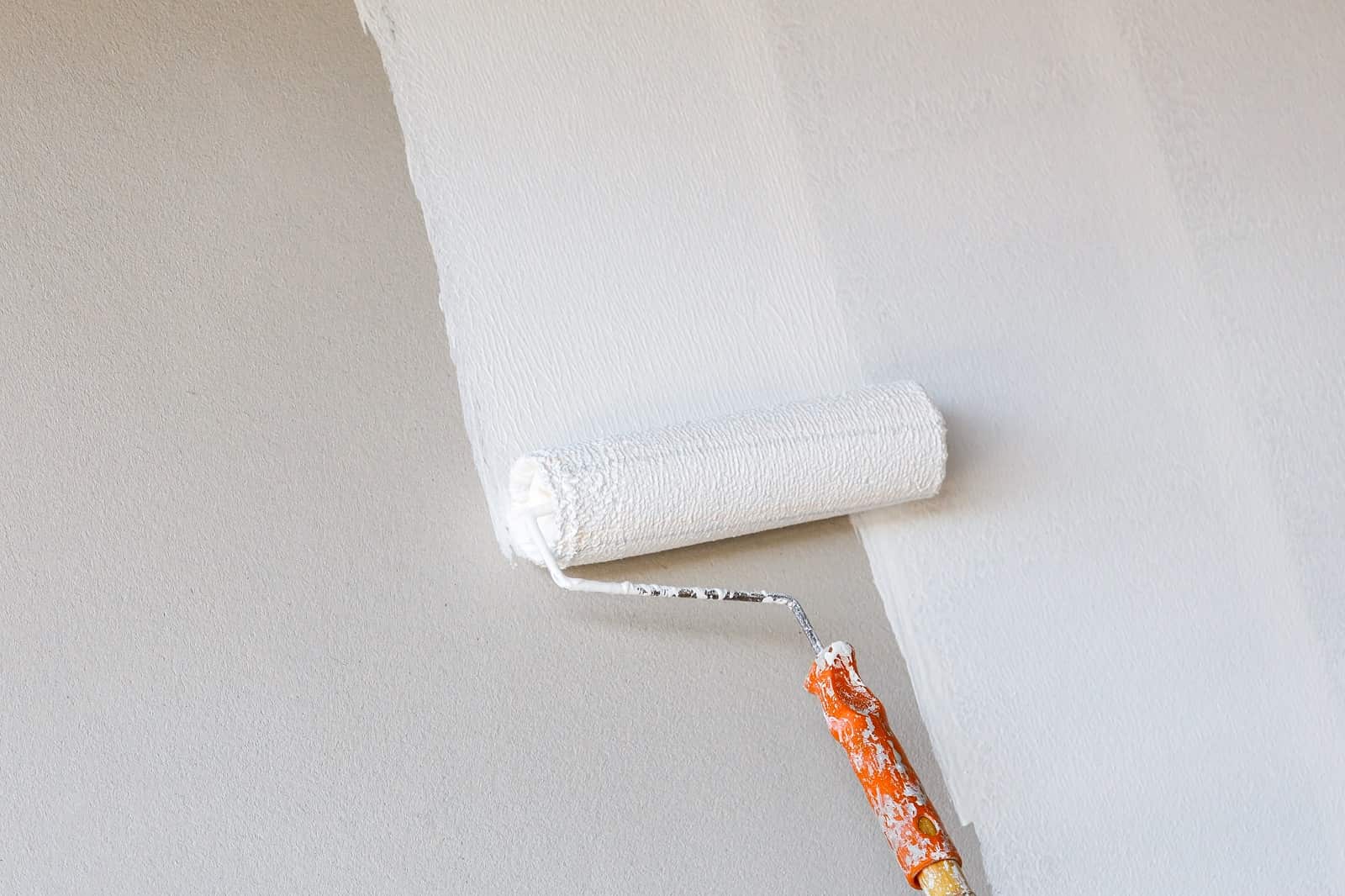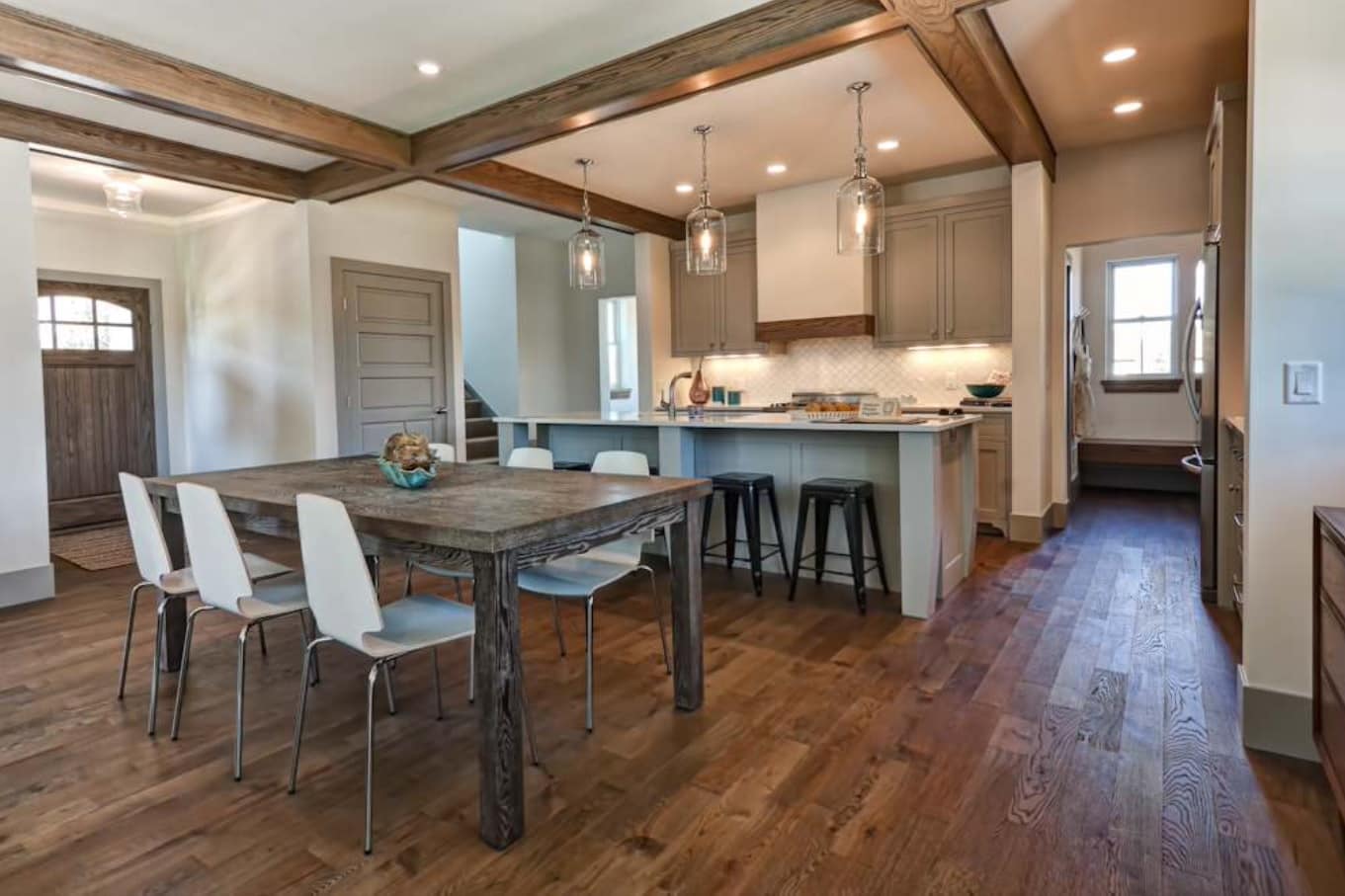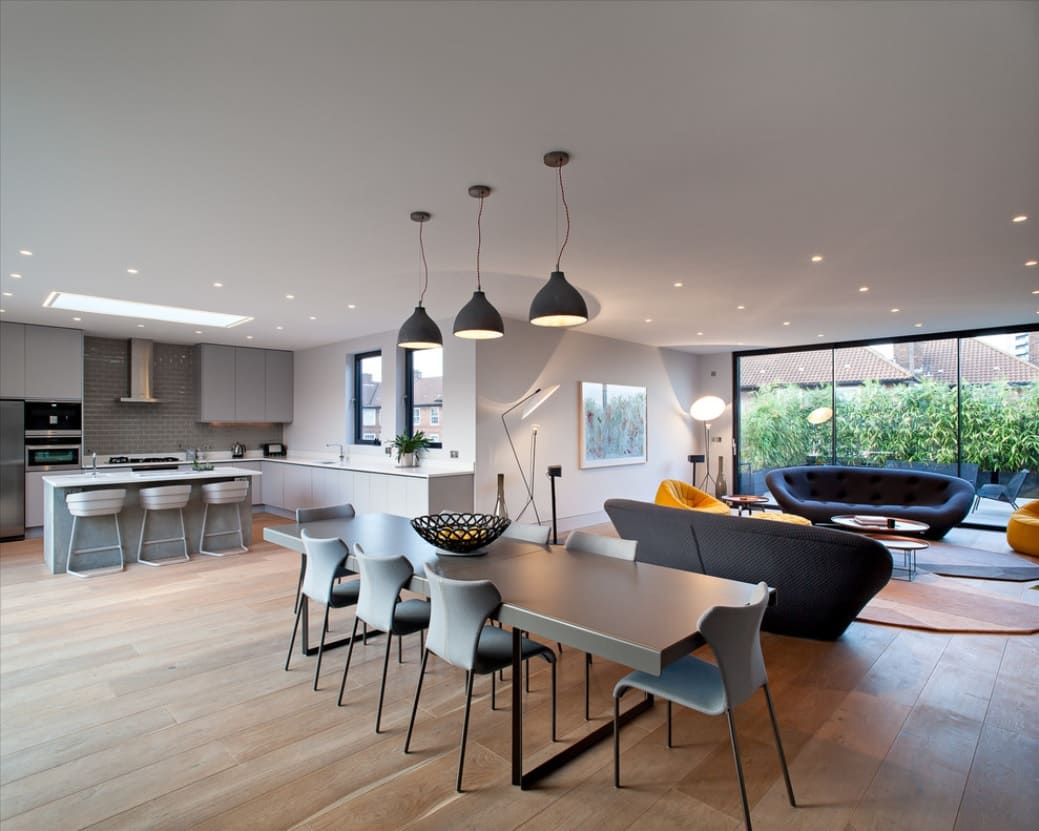The most common filler for the laying floor is a mixture of polyurethane and epoxy. Such self-leveling floors are presented in a fairly big variety of options and can be selected to fit any consumer taste. For high-quality work proper calculation of self-leveling DIY floor for the optimal expenditure of material is necessary. Also, self-leveling floors can be with 3D- pictures. Therefore, you can have a volumetric picture of sea waves and pebbles under your feet. The advantage of such a floor is its resistance to chemical and physical influences, as well as environmental friendliness.
Contents:
- Calculation of self-leveling floor
- The number of mixtures is calculated as follows
- Designing self-leveling floor
Calculation of Self-leveling Floor
You should take into account some critical parameters to determine the correct amount of the mixture:
- surface area coverage;
- the density of the self-leveling floor;
- the thickness of the desired coating;
- Using fillers for floor covering arrangement (for example, you can use silica sand to save on plastic flooring costs).
The Number of Mixtures is Calculated as Follows:
Excluding fillers per it is necessary to use 1 kg of the mixture to coat 1 m2 by 0.1 cm thick. If we consider the filling density of the floor equaling 1.3 kg/l per 1 m2 coating 0.1 cm thick, it would require 1.3 kg of the initial mixture to lay 0,1 cm layer, 0.2 cm – 2.6 kg respectively, and so on.
You should remember that the final density of the epoxy flooring normally ranges from 1.4 to 1.5 kg/l, and polyurethane one – from 1.25 to 1.35 kg / l. Different manufacturers of self-leveling floor propose different density, and as a consequence, material consumption may have different numbers. Some manufacturers add fillers into the mixture and heaviness of material wherein the density is increasing up to 1.6-1.7 kg/l. It is done to reduce the cost of the self-leveling floor composition. But the apparent cheapness of the raw material turns other unexpected sides – as 1 m2 of coverage is now requires not 1.3, but 1.7 kg of the mixture and, respectively, you’ll have to buy more quantity of material. As a result, the final price for such a self-leveling floor will be much higher.
The thickness of the Floor Covering
For the financial economy, many experts recommend to ensure the correct thickness of the floor covering not due to its end-layer, but at the expense of the base. Then you can use facial flooring with a minimum thickness. Accordingly, it saves costs. But you also shouldn’t upset because of the large amount of self-leveling floor expenditures. It is because the thicker the layer of the mixture used, the longer the service life of the coating.
Consider also the next nuance – in the calculation of self-leveling floor, it is still better to make a small supply of the mixture. It will be much easier to use the surplus of the composition than to redo the floors again, which are spoiled by its lack.
Designing Self-leveling Floor
For a more accurate calculation of self-leveling floors, you should take into account floor differences in the rooms and all the bumps on the bottom. The most common problem when the laying floors are slopes from one side to another.
In order to establish the volume of the room, prepared for the floor pouring, they measure the slope of its base. The work order should stick to the following:
- mark the horizontal level in the room;
- determine differences (the distance from the floor to the marked level at different points in the room);
- calculate relative height (height difference is divided into two):
- calculate the minimum thickness of the coating (the resulting value of the height is adding to the minimum allowed altitude).
To set the self-leveling floor it is better to hire a specialist. Don’t try to make it by yourself without preliminary preparation and experience. Many companies that sell floors provide services both of their design and installation at the same time. An experienced specialist will calculate the correct and self-leveling floor. Also, he/she will offer an optimal scheme of financial savings without compromising the quality of the flooring.

